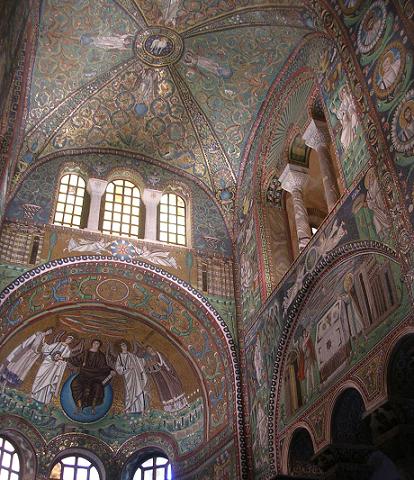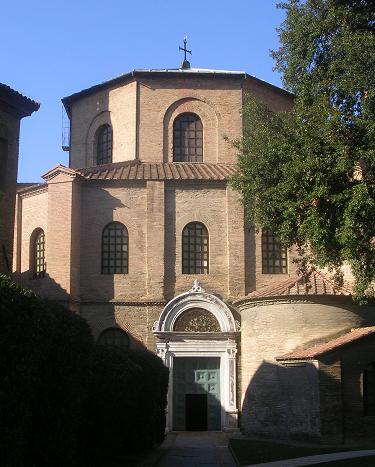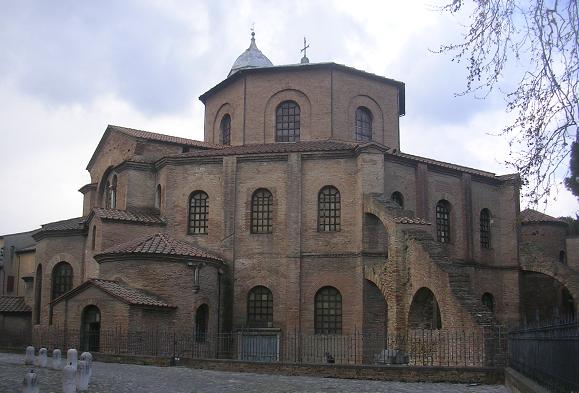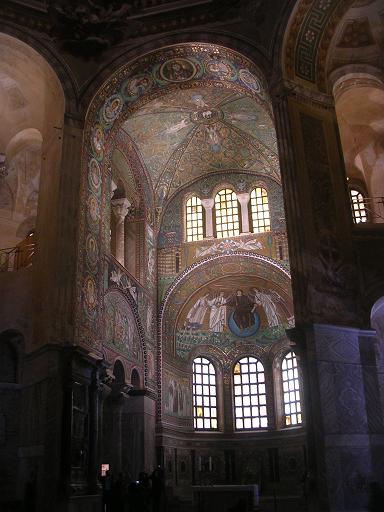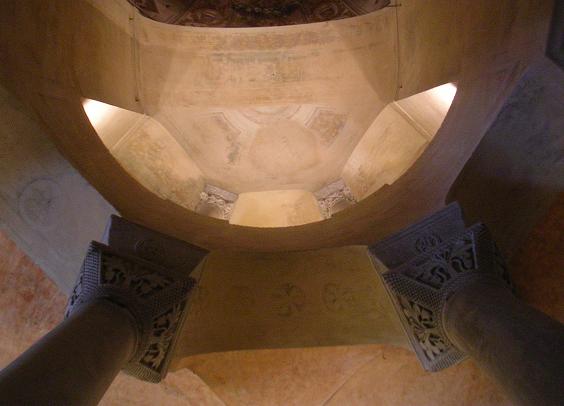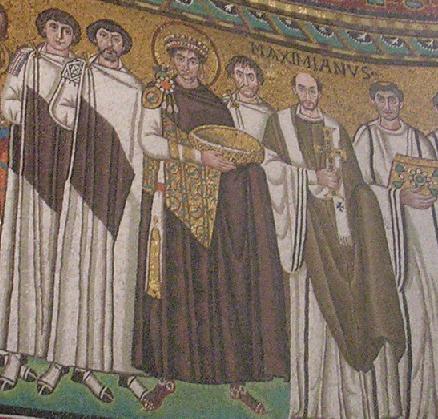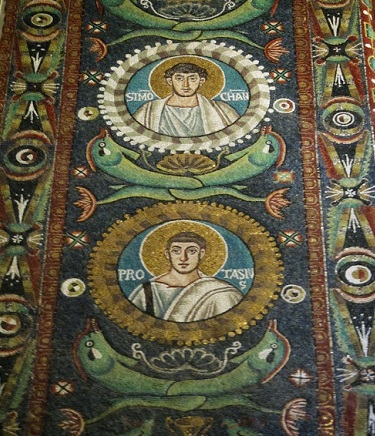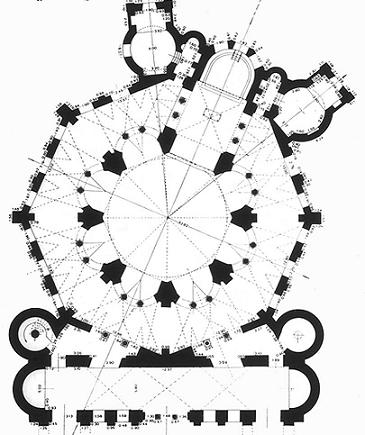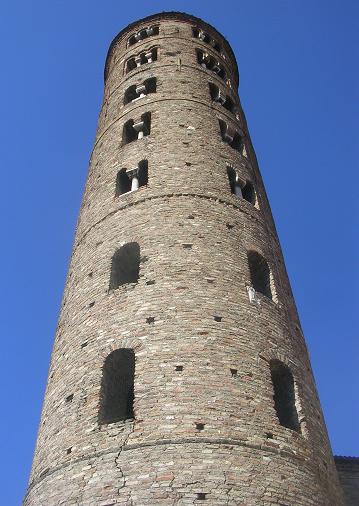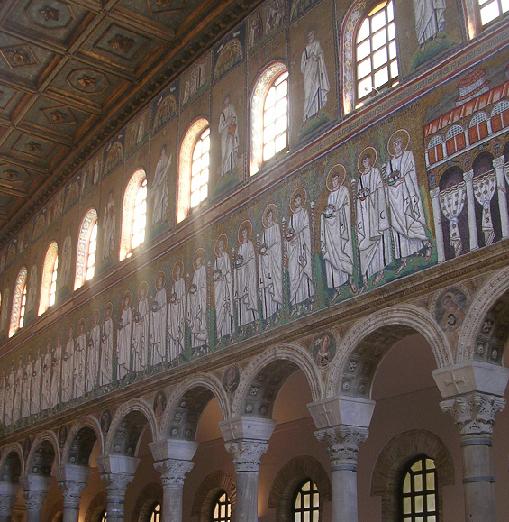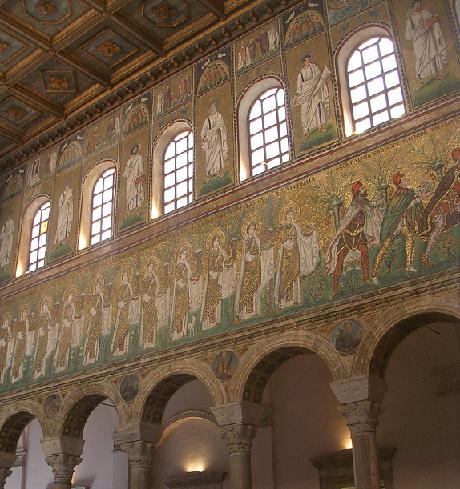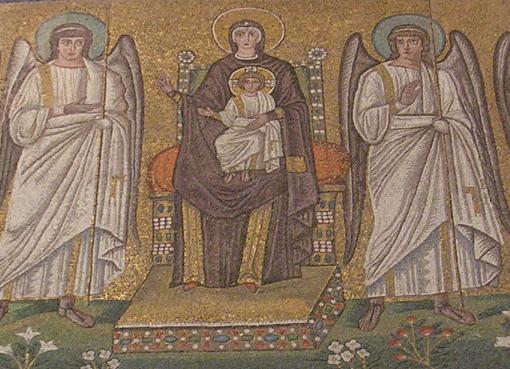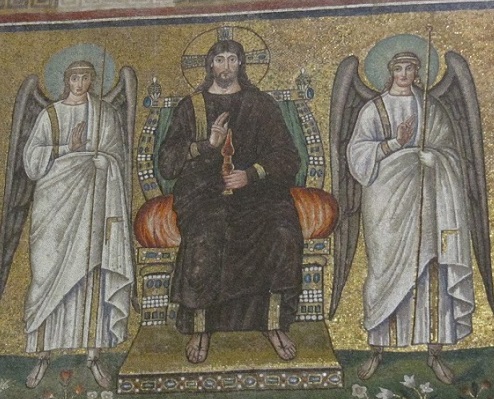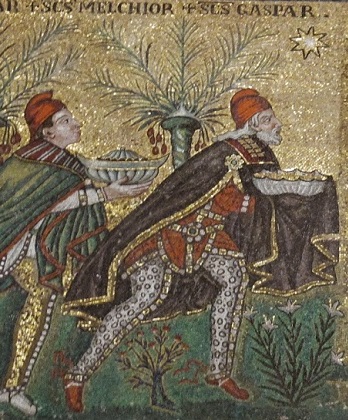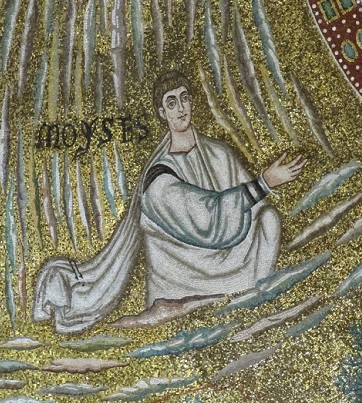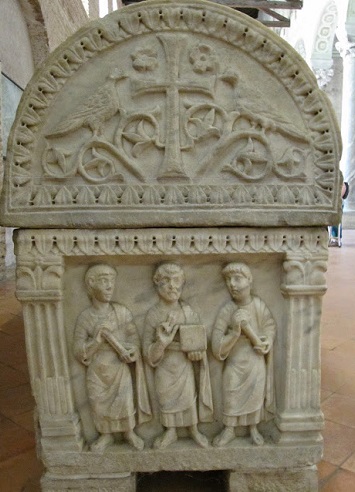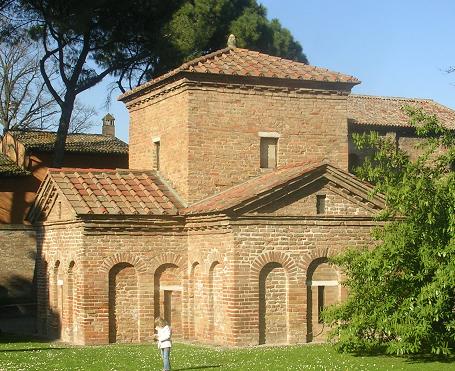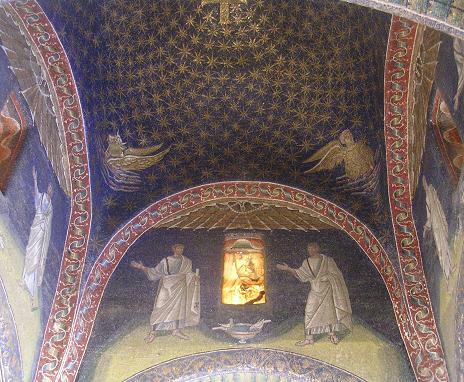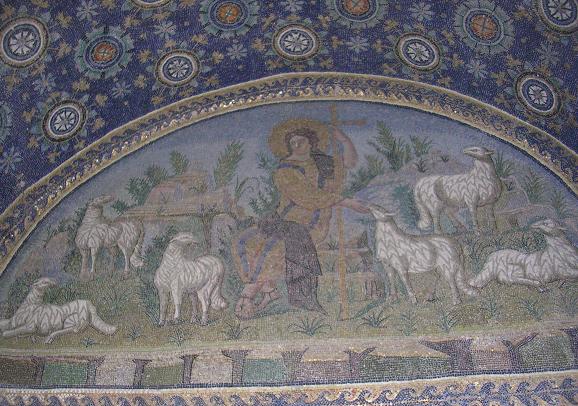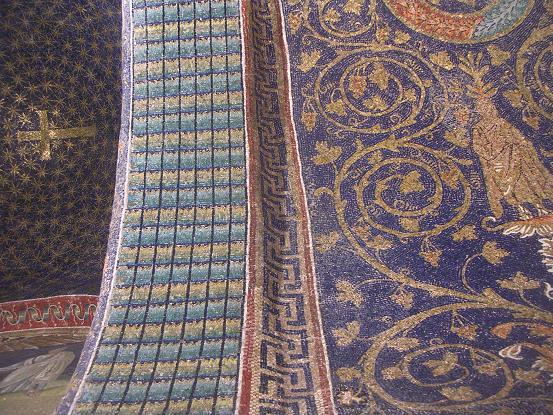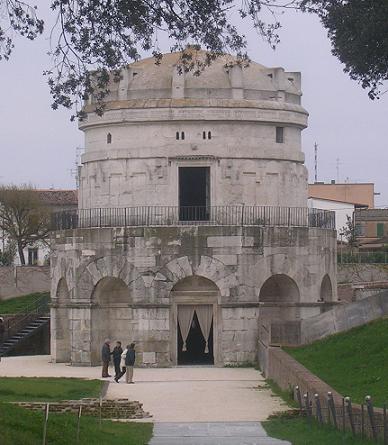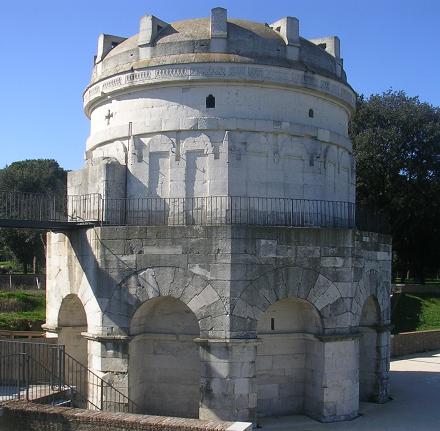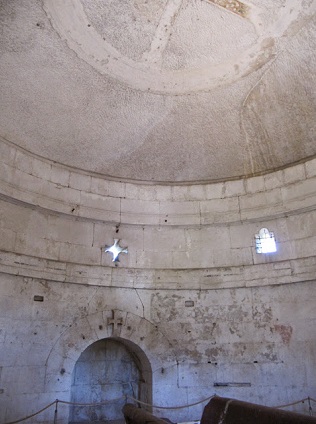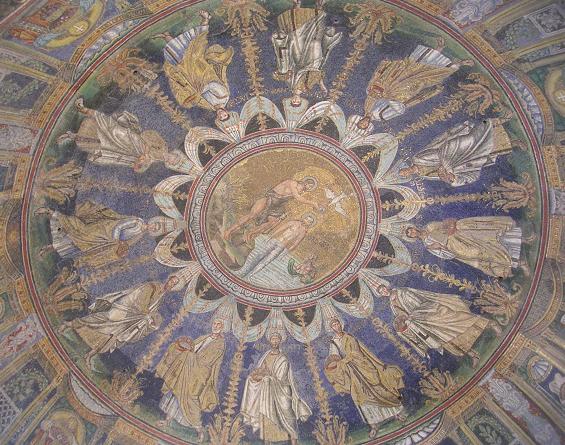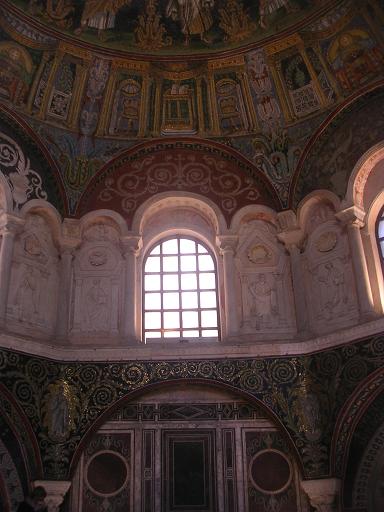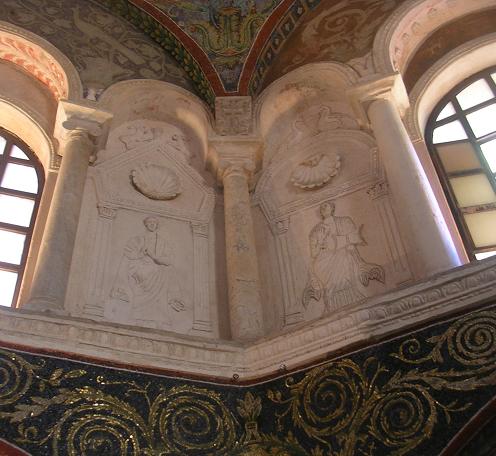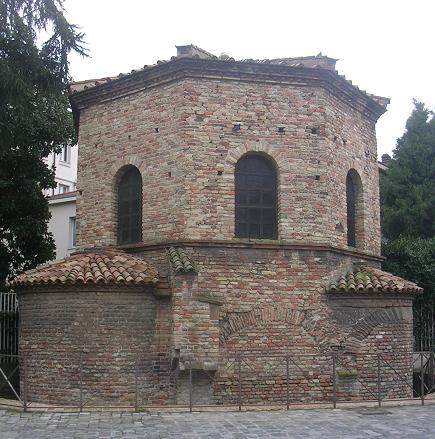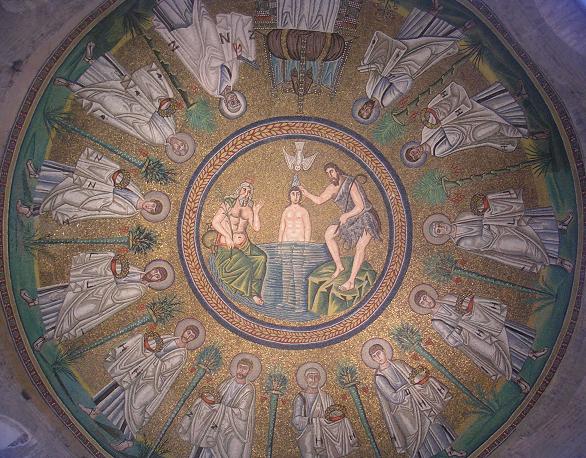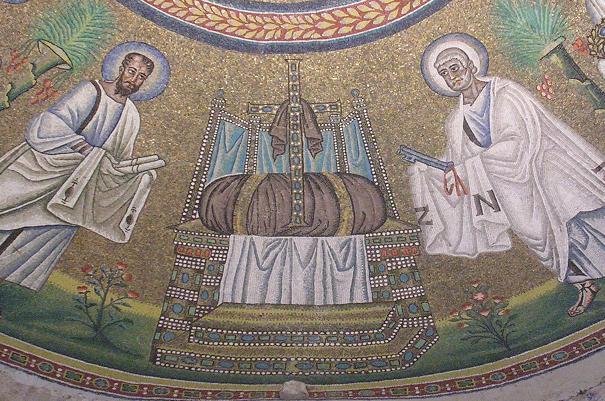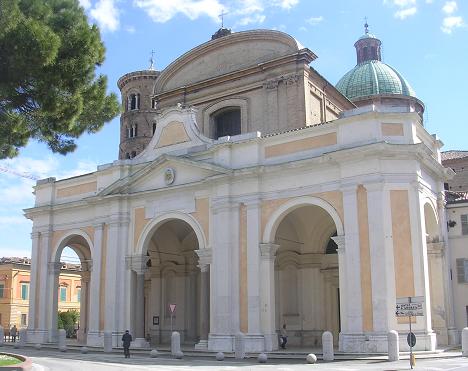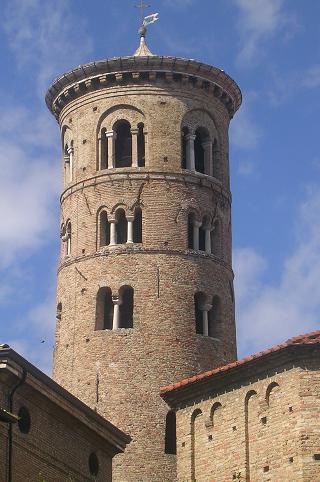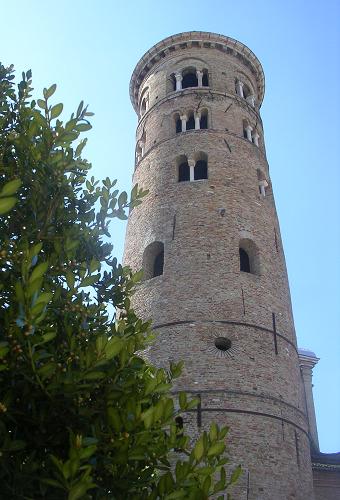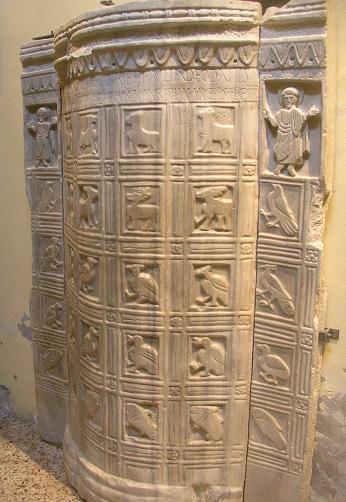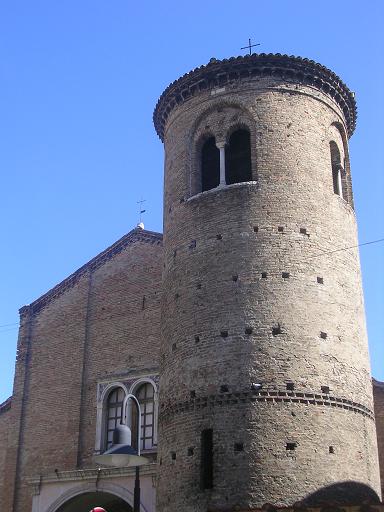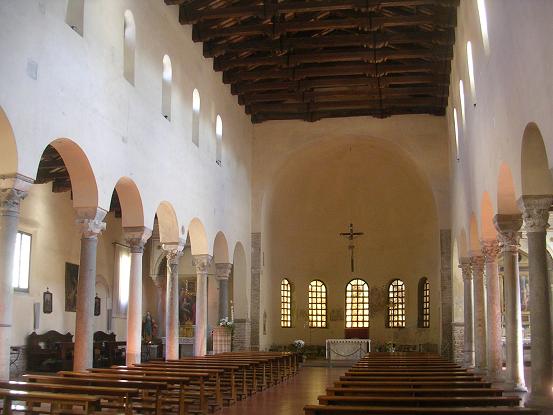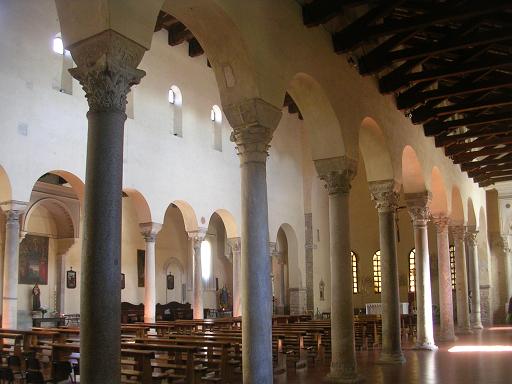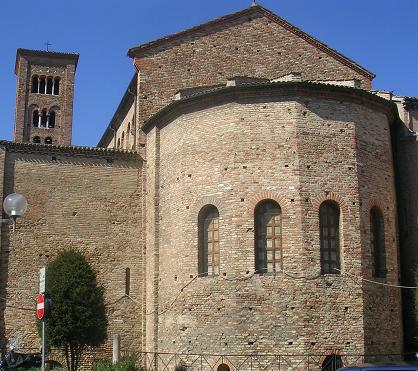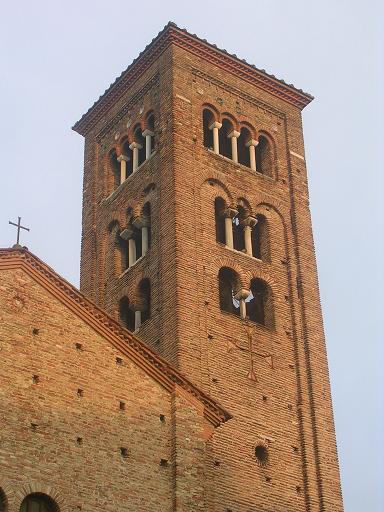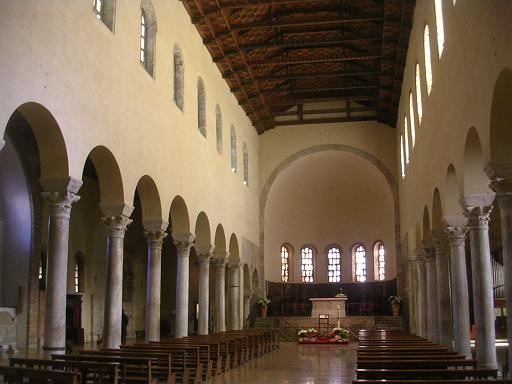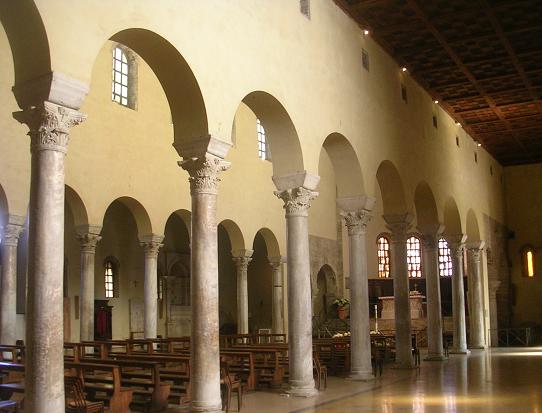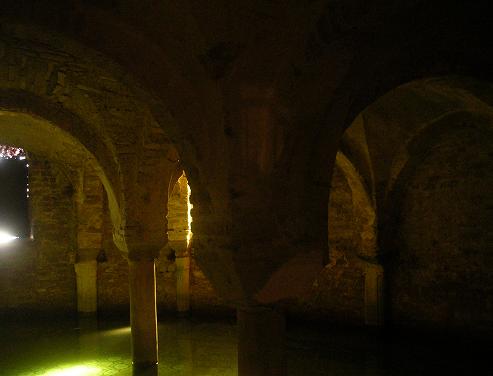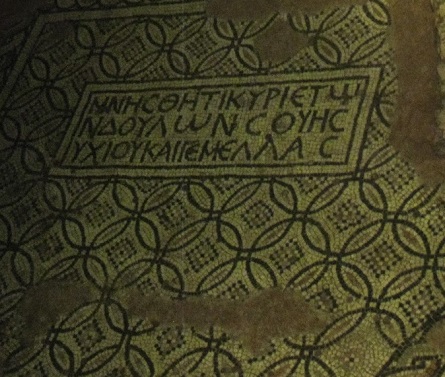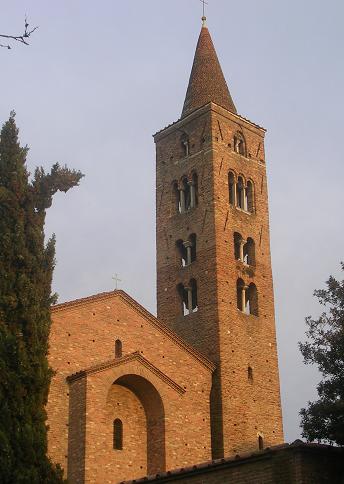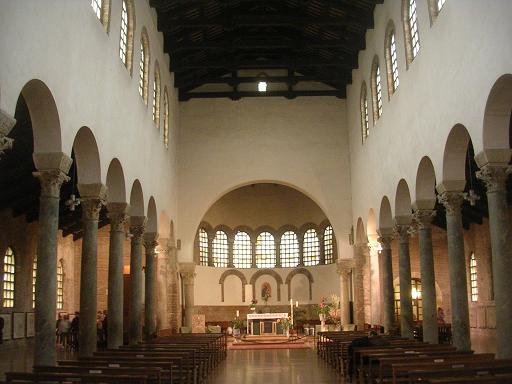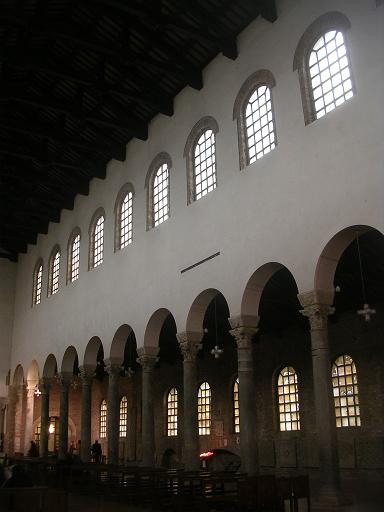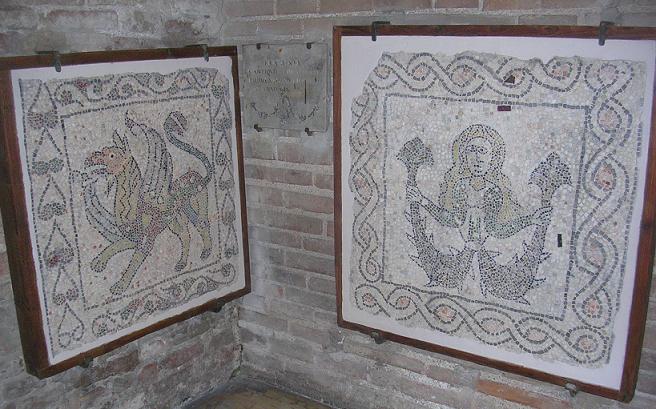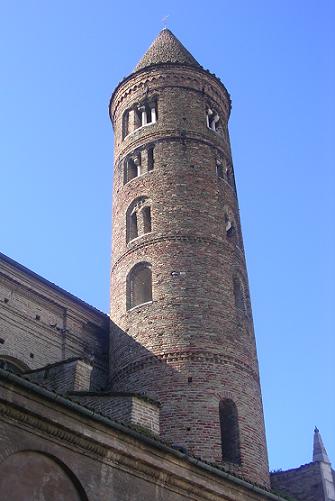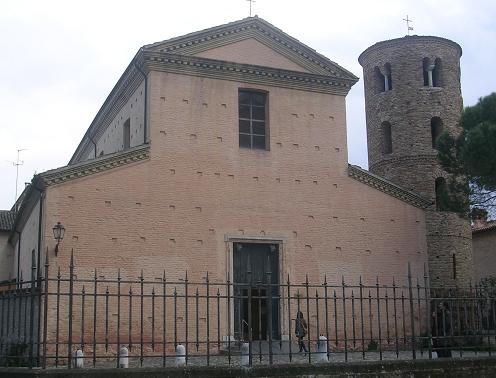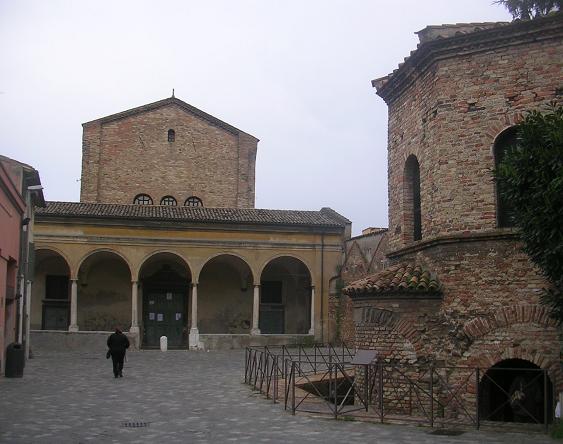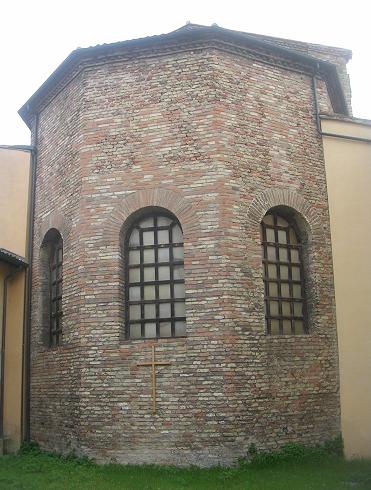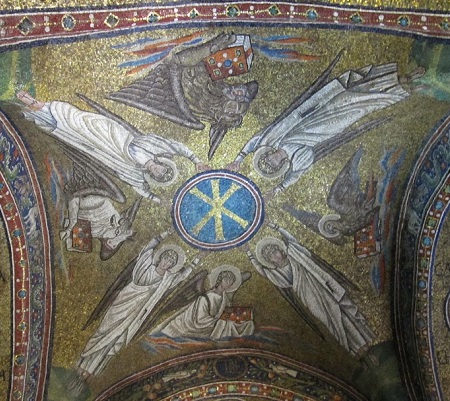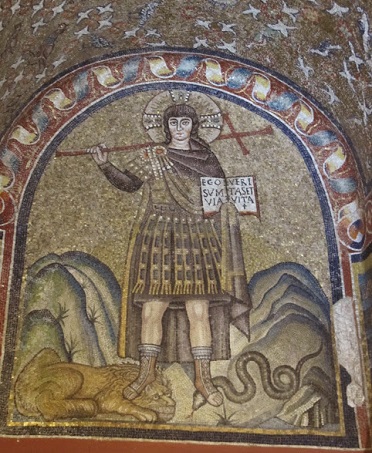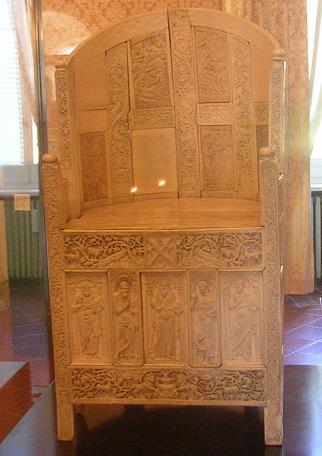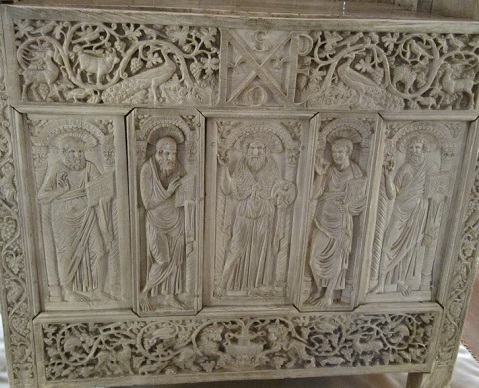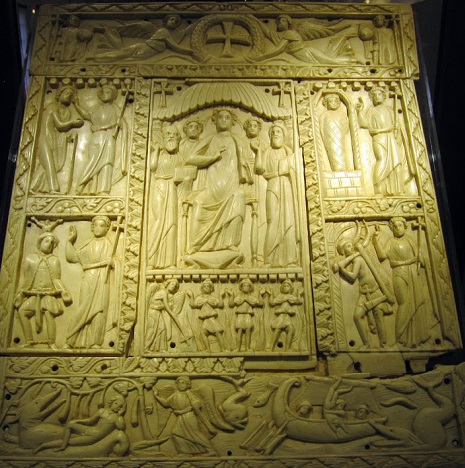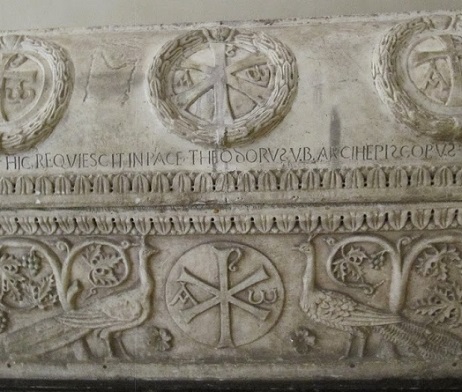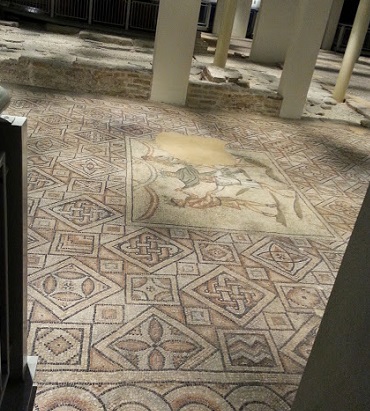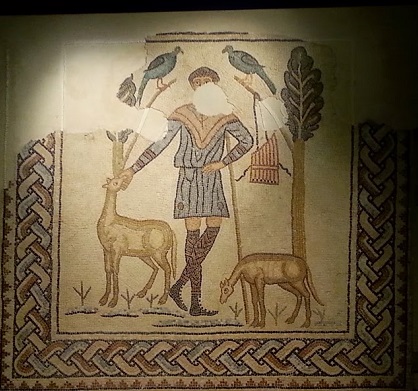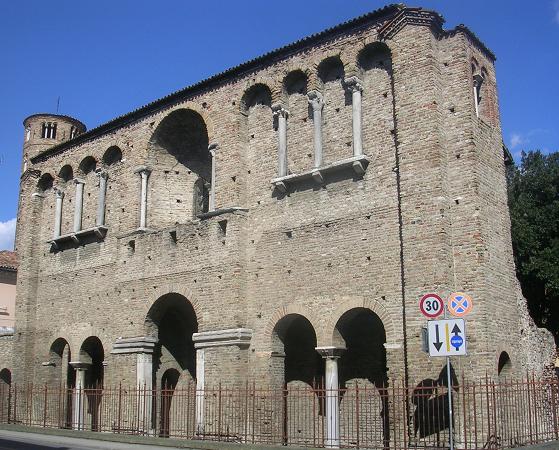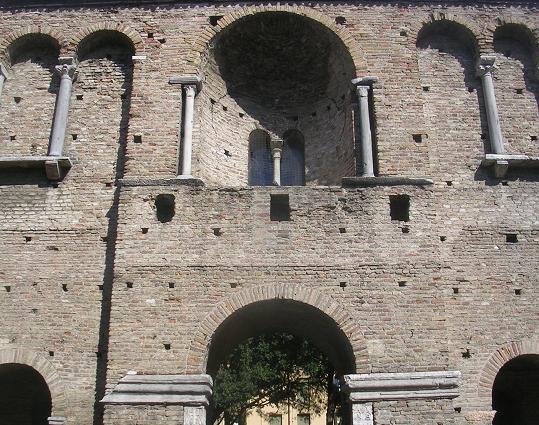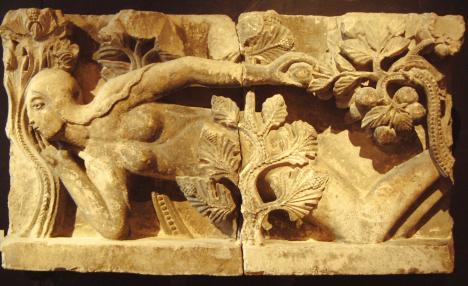
|
The ancient churches of Ravenna le chiese
antiche di Ravenna
Ravenna is the European capital of byzantine architecture and mosaic art. The small Italian town, located on the banks of the Adriatic Sea near Rimini in the region Emilia-Romagna, conserves a wealth of early Byzantine churches and monuments inside its walls. Most buildings date back to the glory age of Ravenna, the 5th and 6th centuries A.D., when Ravenna was the capital of the Western Roman Empire. About fifteen monuments from this period can still be visited: columned basilicas, elegant campaniles, baptisteries and mausoleums, brilliantly decorated by famous mosaics. See also the page about Byzantine art.
Introduction
During the 5th and 6th centuries, Ravenna was the most important city in the mighty Byzantine world only after Byzantium (current Istanbul). The souvenirs from this period are the attraction of the nowadays small town. The monuments show a clear Byzantine style, influenced by the orient, but at the same time they stay close to the Western building styles common under the Romans, in particular the basilicas and the mausoleums. Most churches are built on a basilica ground plan, with columned naves and an eastern apse often trapezoidal at the exterior. Other sanctuaries were built on a central plan, such as the two lovely baptisteries which were located next to the Orthodox and Arian Cathedrals of the town, as well as the marvellous S. Vitale church, of which the original architecture was inspired by the Holy Sepulchre in Jerusalem. The mosaics decorating the walls and apses of the most famous churches are celebrated masterpieces in art history. The green and golden mosaics are Byzantine artworks showing various religious scenes. The quality and movement in the scenes is superior to their counterparts in the churches of Rome, where the mosaics from the same period are more classical in style. The best mosaics in town can be found in the S. Vitale and S.Apollinare Nuovo basilicas and in the baptisteries. These churches also hold other treasures, such as byzantine capitals and sarcophagi with sculptures. The tall round campaniles, built along the churches between the 9th and 11th centuries, are a truly remarkable Romanesque feature and typical for Ravenna. Other than that, the middle ages have left few monuments, as Ravenna had lost its power to Venice in that period. Nowadays, the most important monuments of the town are classified UNESCO world heritage sites and in good shape for tourism. A two or three day stay is to be enjoyed as a unique journey across wonderful highlights from the Byzantine period. Do not forget to visit Classe, the former roman harbour of the town at 6 km from the centre, where the great basilica of S.Apollinare in Classe is located.
S. VITALE S. APOLLINARE NUOVU S. APOLLINARE IN CLASSE
MAUSOLEO DI GALLA PLACIDIA MAUSOLEO DI TEODORICO
BATTISTERO NEONIANO (DEGLI ORTODOSSI)
BATTISTERO DEGLI ARIANI
DUOMO (BASILICA URSIANA) S. AGATA MAGGIORE S. FRANCESCO S. GIOVANNI EVANGELISTA S. GIOVANNI BAPTISTA SS. GIOVANNI E PAOLO S. MARIA MAGGIORE SPIRITO SANTO
CAPELLA ARCIVESCOVILE (S. ANDREA)
MUSEO ARCIVESCOVADO MUSEO NAZIONALE DOMUS TAPPETI PALAZZO DI TEODORICO MEDIEVAL TOWERS
Pictures: Eduard, 2008. For any comments or additions feel free to contact me.
|
